Key Takeaways:
- Discover actionable strategies that can help reduce the appearance of cellulite naturally.
- Understand how nutrition, exercise, and lifestyle changes can help with cellulite reduction.
- Learn about various noninvasive treatments and their effectiveness.
- Explore additional resources for more information on health and wellness.
Introduction to Cellulite
Cellulite-dimpled skin, typically found on thighs, hips, buttocks, and the abdomen, is a common cosmetic concern affecting individuals worldwide, especially women. Though not harmful, many seek ways to reduce its appearance. Advanced cellulite treatment options, products, and home remedies offer potential solutions. For lasting results, it’s crucial to integrate a holistic approach, focusing on diet, exercise, and lifestyle changes.
Arming yourself with knowledge and strategies, like those offered in advanced reducing Cellulite programs, can significantly help fight against cellulite.
Cellulite develops when subcutaneous fat deposits push against the connective tissue beneath the skin’s surface, resulting in a dimpled, textured appearance often resembling cottage cheese or orange peel. An estimated 80-90% of post-adolescent women experience cellulite to varying degrees, making it a widespread condition. Importantly, cellulite is not limited to individuals with higher body weights; genetics, hormonal changes, and skin elasticity can affect people of all shapes, sizes, and body compositions.
In recent years, we have seen a surge in awareness surrounding body positivity and healthy skin, contributing to a more compassionate understanding of cellulite. As societal norms shift towards embracing natural beauty, there is a heightened interest in exploring noninvasive and holistic methods to manage or reduce the appearance of cellulite. These methods may include increased physical activity, dietary adjustments, hydration, massage therapies, and topical treatments that promote skin health and circulation. This shift reflects a desire for aesthetic improvement and a growing appreciation for self-acceptance and overall wellness.
Understanding the Causes of Cellulite
Cellulite formation is influenced by various interconnected factors, making it a complex issue to address. Genetic predisposition is a major contributor, influencing skin structure, body fat distribution, and the overall look of cellulite. Individuals may inherit traits that determine how fat is stored in their bodies, directly impacting the visibility of cellulite.
Hormonal changes play an important role in cellulite formation. Specific hormones, such as estrogen, insulin, and thyroid hormones, can affect how fat is stored and mobilized within the body. For example, estrogen is known to encourage fat accumulation in places such as the hips and thighs, which can result in increased cellulite production, especially in women.
As people age, there are natural changes in skin composition and structure. One notable alteration is the reduction in collagen formation, which results in thinner, less elastic skin. This loss of elasticity can exacerbate the appearance of cellulite by allowing the underlying fat to become more visible through the skin. Factors such as decreased blood circulation and the gradual weakening of connective tissue as a person ages contribute to this issue.
Lifestyle habits, including diet, physical activity levels, and hydration, also significantly influence cellulite formation. A diet high in processed foods, excess sugars, and unhealthy fats can promote fat accumulation. At the same time, a lack of physical activity can weaken muscles and connective tissue that support the skin. On the other hand, regular exercise and a well-balanced diet can help reduce these variables’ impact, improving skin tone and reducing the appearance of cellulite.
Understanding these underlying causes provides valuable insight for developing effective solutions to manage or reduce the appearance of cellulite. Individuals can holistically approach skin health and body attractiveness by addressing hereditary and lifestyle variables.
Diet and Nutrition Tips for Cellulite Reduction
It’s well-known that dietary choices significantly impact overall skin health and appearance. A diet rich in antioxidants, vitamins, and minerals helps decrease inflammation and improve skin texture. Foods strong in vitamin C, such as vivid oranges and luscious strawberries, stimulate collagen formation, resulting in firmer and more robust skin.
Additionally, incorporating fibrous foods like whole oats and nutrient-dense beans not only aids in digestive health but also helps to reduce fat accumulation in the body, leading to a healthier complexion. Omega-3 fatty acids in fatty fish like salmon and flaxseeds are also beneficial since they help maintain skin moisture levels and reduce redness.
Hydration is essential; drinking enough water and eating hydrating fruits and vegetables, such as cucumbers and watermelons, keeps the skin plump and bright.
For those seeking structured guidance, the NHS Eating Well guide provides comprehensive advice on healthy eating habits. It emphasizes the importance of a balanced diet rich in fruits, vegetables, whole grains, and lean proteins. Such dietary foundations are essential for naturally improving the skin’s appearance and elasticity, promoting not just beauty from the outside but overall well-being.
Exercises to Minimize Cellulite
Cellulite, a widespread disorder characterized by dimpled skin on the thighs, hips, and buttocks, is best managed by physical exercise. Regular exercise that combines cardiovascular and strength training elements is particularly effective in reducing body fat and toning the muscles in areas prone to cellulite.
Cardiovascular workouts like jogging, cycling, and swimming are great for raising your heart rate, improving circulation, and burning calories. These activities help shed excess fat and promote improved blood flow, contributing to healthier skin. For instance, a moderate to vigorous 30-minute run three to five times a week can significantly reduce fat.
In addition to cardio, resistance training is essential for building and toning muscle underneath the skin. Exercises like squats, lunges, and leg lifts specifically target the lower body, helping to strengthen the muscles in the thighs and buttocks. This strength training improves muscle definition and creates a firmer foundation, leading to a smoother skin appearance. For best results, aim for two to three strength training sessions each week, concentrating on high-repetition, low-weight exercises that increase endurance and muscular growth.
Furthermore, the American Council on Exercise offers valuable resources and workout guides to combat cellulite. These programs often include a mixture of aerobic activity, strength training routines, and flexibility exercises, providing a comprehensive approach to minimizing the visible effects of cellulite. By establishing a well-rounded fitness regimen, individuals can enhance their overall body composition while targeting the underlying factors contributing to the appearance of cellulite.
Lifestyle Changes that Help Tackle Cellulite
Adopting specific lifestyle habits is crucial for effectively reducing the appearance of cellulite. In addition to eating a well-balanced diet and exercising frequently, sufficient hydration is critical. Drinking enough water (ideally 8 to 10 glasses per day) helps eliminate toxins from the body and preserves skin suppleness, which may greatly lessen the visibility of dimples.
Quitting smoking is another important step since it promotes circulation and skin health by increasing blood flow and nutrient delivery to the skin. Limiting alcohol consumption is also crucial since it can help reduce inflammation and bloating, both of which can aggravate the appearance of cellulite.
Furthermore, stress management is an important component in the battle against cellulite. Stress-relieving practices like yoga, meditation, and basic breathing techniques help restore hormone balance. High-stress levels can trigger hormonal fluctuations that may worsen cellulite formation.
Incorporating these lifestyle changes effectively targets cellulite and contributes to overall well-being. Improved hydration, smoking cessation, moderate alcohol intake, and efficient stress management may result in healthier skin, more energy, and a more vibrant look, with advantages beyond cosmetics.
Noninvasive Treatments for Cellulite
Various noninvasive treatments can offer differing degrees of effectiveness for individuals seeking additional methods for Reducing Cellulite. Dry brushing is a common technique that uses a soft-bristled brush to gently exfoliate the skin while increasing blood circulation and lymphatic drainage. This practice, often done during a warm shower or bath, not only enhances the skin’s texture but can also help reduce the appearance over time.
Another effective method includes massage treatments, which can help break down the fibrous bands of tissue that contribute to cellulite’s dimpled appearance. Deep tissue massage, lymphatic drainage, and anti-cellulite massage treatments can all help improve circulation, skin suppleness, and overall appearance.
Topical treatments, like creams that contain caffeine or retinol, can also improve the appearance of cellulite. Caffeine temporarily tightens the skin and enhances blood flow, while retinol stimulates collagen production, making the skin appear firmer and smoother. The key to achieving noticeable results with these creams is consistent application, preferably twice daily, to maintain their benefits.
While these treatments may yield temporary improvements, integrating them with comprehensive lifestyle changes (such as a balanced diet, regular cardiovascular exercise, and staying hydrated) can significantly bolster their effectiveness. It is also critical to see a skilled health expert or dermatologist before beginning any new treatment program. This assures safety and optimal outcomes based on specific skin types and demands.

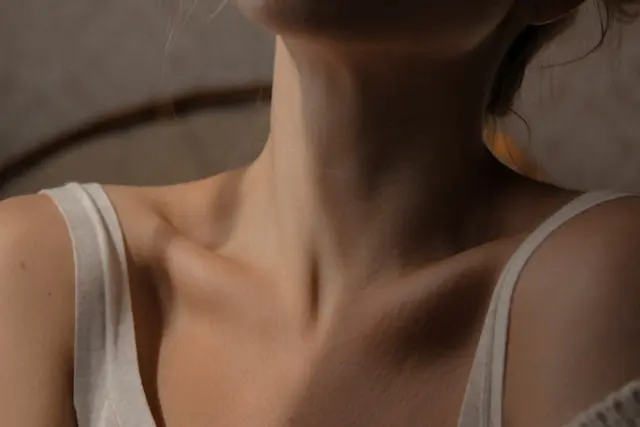
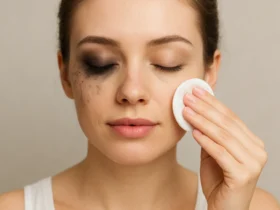
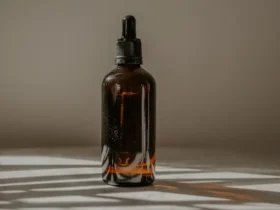


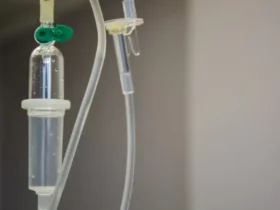

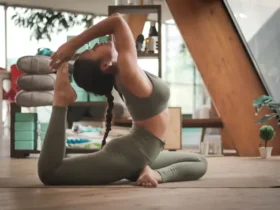

Hello!! My name is Annabella
I love to eat, travel, and eat some more! I am married to the man of my dreams and have a beautiful little girl whose smiles can brighten anyone’s day!